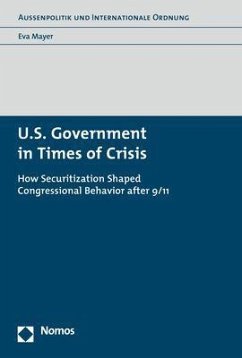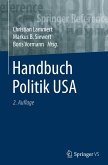The analytical framework of this study focuses on the correlation between an adaptation of presidential loss and gain frames used by members of Congress (the degree of securitisation/ desecuritisation) and bipartisan voting by senators and representatives (the degree of the rally effect). The analysis draws its data from a case study of relevant laws passed after 9/11. In the theoretical framework of this study, securitisation theory is methodologically complemented by loss and gain frames taken from prospect theory. This causal analysis reveals how the 'rally effect' was operationalised in the US Congress. At the same time, the analysis enhances securitisation theory by not only adding multiple reference objects and subjects to it, but by also establishing competing threat and risk stimuli.








